Sports Medicine
Children are not small adults – which is why they should see a pediatric sports medicine physician for sports injuries.
Whether playing sports, exercising, or having fun on the playground, sometimes children get hurt. At Shriners Children’s, we know children's bones, joints and muscles. We understand why injuries to growing bones and growth plates (the area where bones grow) need special attention.
In a growing child, growth plates are open and are the weakest part of a child's skeleton. Injuries can occur at the growth plates because of overuse, when movements are repeated over and over in that part of the body while playing.
We work hard to reduce fear and answer questions while we care for children and their families. Our goal is to get children back to what they love quickly and safely.
All appointments start with a history and physical exam. Our sports medicine doctors need to learn how an injury happened before deciding on a care plan. During the first visit, your doctor will look at the injury and test range of motion to see how well the arms or legs can move.
A child with an injury may need splinting, casting, a bone fixed, or surgery.
Radiology and rehabilitation are important for care of broken bones or injuries. X-rays or other images may be needed to help the doctor decide how to best treat the injury. On-site physical and occupational therapists work with patients and families to create custom rehabilitation plans and goals.
Because Shriners Children’s provides all care and services regardless of a family’s ability to pay or insurance status, doctors and families are able to consider every treatment option available. Learn more below about the injury related conditions we treat, who will be your partner in care and our commitment to the overall wellbeing of your child.
Specific treatments and services may vary by location. Please contact a specific location for more information.
Sports Injury Related Conditions Treated at Shriners Children’s
Our pediatric orthopedic physicians are among the most highly-skilled and specialized in North America. The types of sport and play-related injuries we treat vary by location, and the following is not a complete list.
- Anterior cruciate ligament injuries (ACL rupture, tears, sprains or strains)
- Accessory navicular
- Achilles tendon injuries
- Acromioclavicular joint separation
- Ankle injuries
- Articular cartilage injuries
- Back injuries
- Broken bones
- Discoid meniscus
- Dorsalgia
- Elbow dislocations
- Exertional compartment syndrome
- Femoroacetabular impingement
- Fractures
- Golfer’s elbow
- Growth plate injuries
- Hamstring ruptures
- Hip injuries
- Joint cartilage injuries
- Knee injuries
- Knee intra-articular tumors
- Medial patellofemoral ligament tears
- Medial ulnar collateral ligament injuries (UCL injury)
- Meniscal injuries (MCL rupture, tears, sprains or strains)
- Overuse injuries
- Little league elbow
- Osgood-Schlatter disease
- Patella-femoral instability
- Patella (knee) dislocation
- Patellar instability
- Pectoralis major tendon ruptures
- Pelvic avulsions
- Rotator cuff tears
- Sever’s disease
- Shoulder dislocation or separation
- Shoulder instability and tears
- Sinding-Larsen-Johansson Syndrome
- Sprains
- Spondylolysis
- Spondylolisthesis
- Strains
- Sternoclavicular joint instability
- Stress fracture
- Syndesmotic injuries
- Tendon ruptures
- Tennis elbow/lateral epicondylitis
- Thrower’s shoulder
- Tibial spine avulsions
- Turf toe
Pediatric Specialists You May See for a Sports Injury
Staff members at Shriners Children’s know the importance of the overall health and well-being of our patients, and develop individualized care plans for each child.
If your child has a sports or play-related injury, we’ll help schedule the services and specialties you need. As part of our wrap-around care, your family may work with pediatric specialists in:
- Athletic training
- Care management
- Child life
- Nursing
- Nutrition
- Occupational therapy
- Orthopedics
- Orthotics
- Physical therapy
- Radiology and imaging
- Social work
It is important to see a provider who is familiar with a child's bone structure, including growth plates, when examining an injury. Many of the fractures we see are subtle, but we are able to offer the careful eye of an orthopedic surgeon, all within the comfort of a children's hospital.



Hard Work On and Off the Field
Innovative Treatments
View All Related Treatments
Bracing

Casting
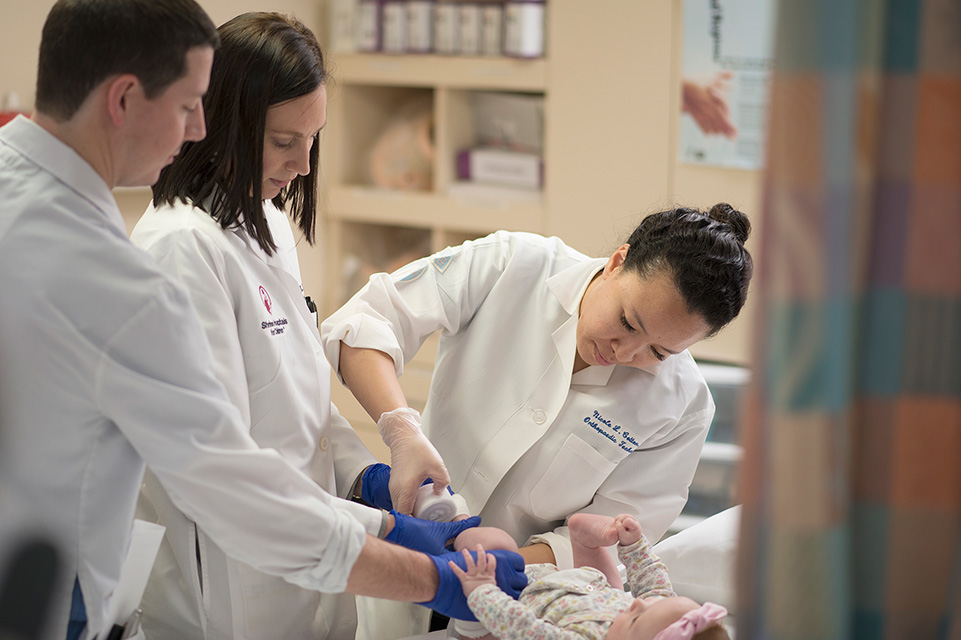
Occupational Therapy
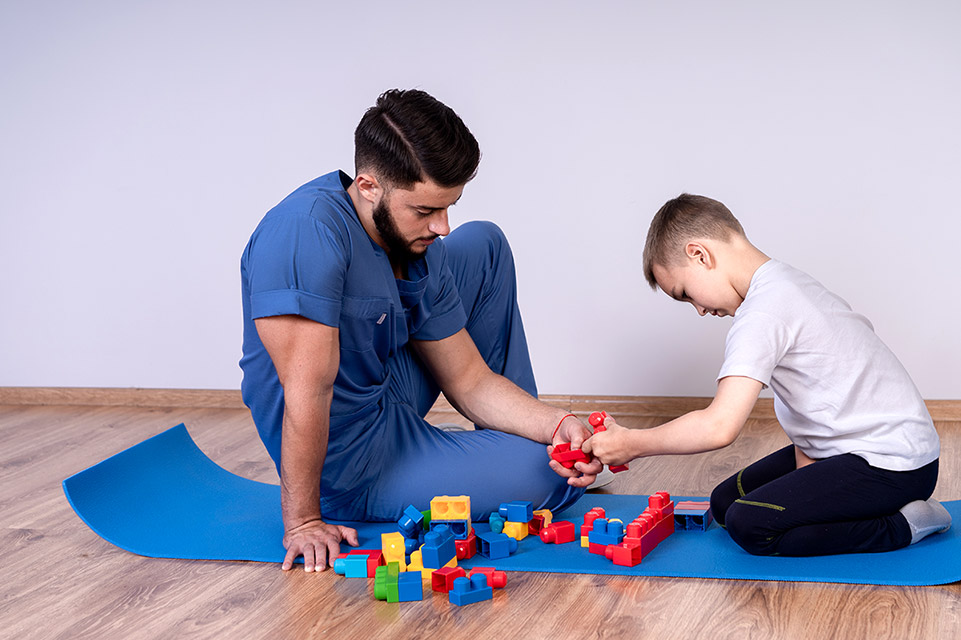
Orthopedic Surgery
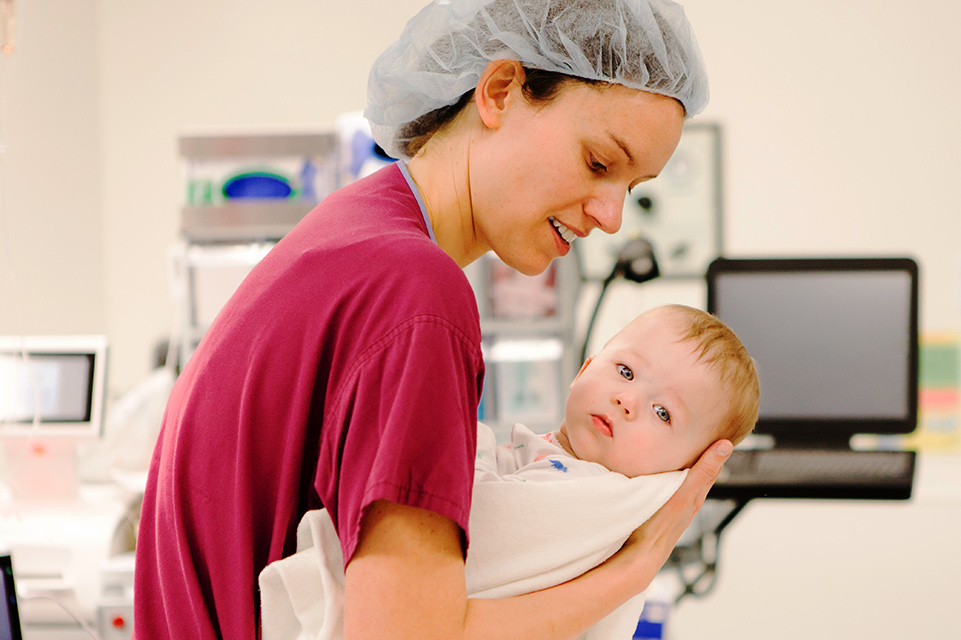
Physical Therapy
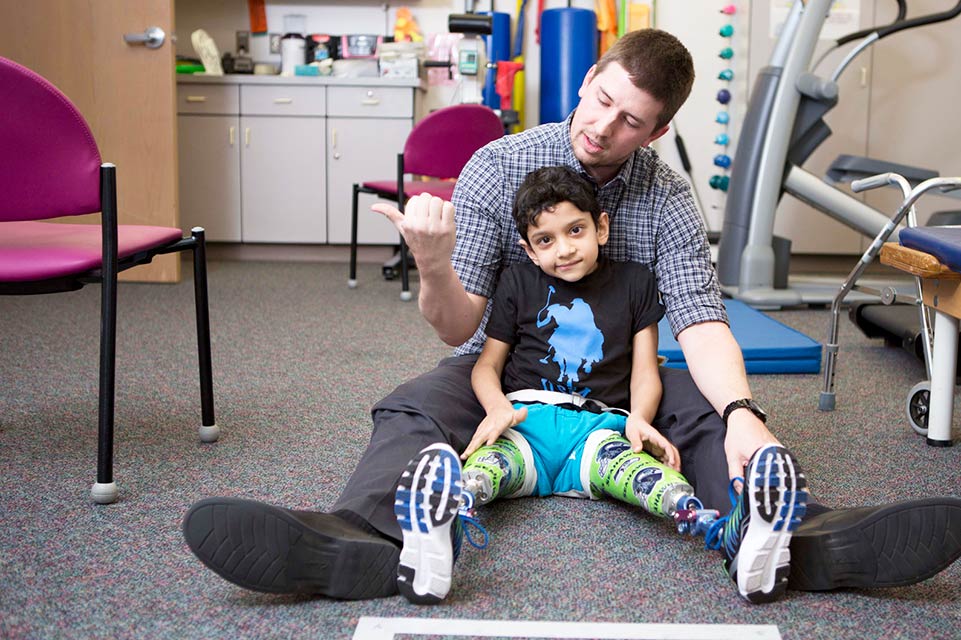
Sports Injury Surgery
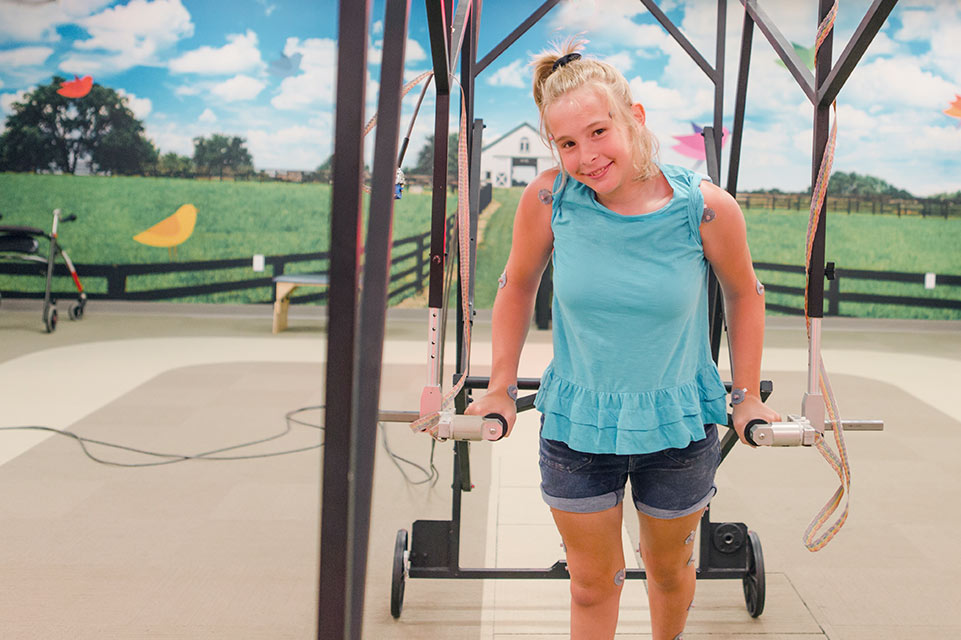
Related Conditions
Related Services
- Athletic Training
- Care Management
- Child Life Services
- Motion Analysis
- Nutritional Services
- Radiology and Imaging




